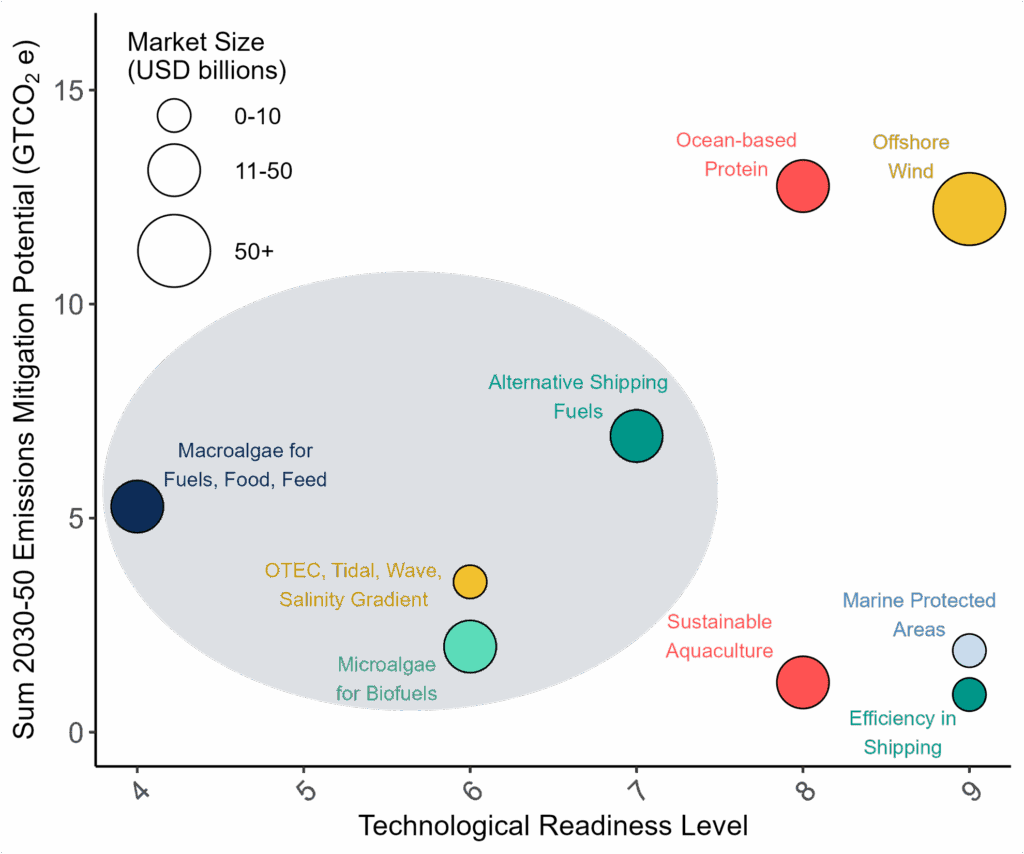
Nikhil Neelakantan,
Senior Program Officer
Earlier this year, as I joined nearly 400 people who came together at Ocean Visions Biennial Summit in scenic Vancouver, Canada, I felt a surge of hope and determination. I was in the company of passionate scientists, innovators, entrepreneurs, community leaders, and philanthropists from 24 countries united in the goal of accelerating effective ocean-based climate solutions.
A key takeaway from the Summit was the urgent need to protect the ocean, and all life that depends on it. Changes to the ocean due to human-induced climate change—warming waters, acidification, deoxygenation, and rising sea levels—are already impacting society and marine life. While the Summit spotlighted a range of ocean-based climate solutions that are important, one message resonated above all: cutting CO₂ emissions remains non-negotiable if we’re to minimize climate impacts.
Our Strategic Agenda: Integrating Ocean Health with Climate Action
At Ocean Visions we work on and advocate for a comprehensive strategy to address the interlocking ocean and climate crises.
Our primary focus over the last five years has been to develop our mCDR (Remove) and marine ecosystem Repair programs, as these have been largely underinvested as part of the ocean-climate agenda. Through our International Partnerships (Reach) program, we have built critical relationships with governments and innovators across the world.
This foundation now positions us to enter the more mature but extremely critical area of decarbonization, and to explore the role of the ocean to achieve that objective.

As part of what we call our Reduce program, we will bring our resources and attention to develop, test, and ultimately scale promising ocean-based solutions that have a chance of substantially reducing global emissions of greenhouse gases.”
Ocean-Based Decarbonization: Selecting Our New Focus Areas
As part of what we call our Reduce program, we will bring our resources and attention to develop, test, and ultimately scale promising ocean-based solutions that have a chance of substantially reducing global emissions of greenhouse gases. Ocean Visions is prioritizing Low-Carbon Seaweed-Based Products and Marine Renewable Energy to Power Carbon Removal and the Blue Economy as key focus areas for advancing ocean-based decarbonization.
Low-carbon seaweed products tap into the remarkable ability of marine macroalgae to absorb CO₂ and transform it into a versatile biomass feedstock—ranging from human and animal nutrition to bioplastics and biofuels. Our other focus area, marine renewable energy (MRE), refers to energy harnessed from waves, tides, salinity gradients, and temperature differences in the ocean. MRE can likely deliver low-carbon energy and energy security for coastal and island communities worldwide.
These solutions offer significant climate mitigation potential, between 3.5 and 5.5 billion tons CO₂e¹ between 2030 and 2050. However, most of these solutions are still not at the level of technological and commercial development to be scalable. Ocean Visions will focus on these nascent pathways and bring our proven expertise in convening experts, identifying key challenges and fostering cross-sector collaboration to clear roadblocks: all critical actions in moving technologies to commercial scale.
Grounding the selection of our new focus areas is an in-depth analysis of more than 20 ocean-based decarbonization pathways, including decarbonizing shipping, low-carbon alternatives to current food, energy, and fuel sources, and ocean-based products such as bio stimulants and cattle feed that could lower emissions in agriculture. In addition to a diversity of approaches, our research revealed a broad spectrum of solutions, spanning mitigation impact, technological readiness, and market viability.

Figure 1: Assessment of high-level pathways by mitigation potential (gigatons CO2-equivalent, GTCO2e), market size, and median Technological Readiness Level (shaded oval represents areas explored further for an Ocean Visions program). The two selected areas lie in a sweet spot for Ocean Visions.

Low–carbon seaweed products tap into the remarkable ability of marine macroalgae to absorb CO₂ and transform it into a versatile biomass feedstock—ranging from human and animal nutrition to bioplastics and biofuels.

Seaweed & Sustainability: Unlocking Low-Carbon Products from Seaweed
Marine algal biomass holds enormous potential to replace carbon-intensive products while actively reducing emissions. If developed sufficiently, the combination of including seaweeds in human foods and animal feeds and developing them into fuels and other products could mitigate approximately 0.5 billion tons CO₂e/year by 2050.
To scope priority actions to enable scaling and full mitigation potential, Ocean Visions is conducting a road mapping initiative into the current state of development. The road map will be a web-based, interactive platform designed to build awareness and align priorities for the sector across areas such as science, engineering, policy, and market-building. This effort will build on Ocean Visions’ substantial experience in developing these road maps and coordinating efforts around the priority actions for the areas of marine carbon dioxide removal and the repair of Arctic sea ice.

MRE can likely deliver low–carbon energy and energy security for coastal and island communities worldwide.

Powering the Future: Marine Renewable Energy for Carbon Removal & the Blue Economy
MRE sources like wave and tidal energy, ocean thermal energy conversion, and salinity gradient can be used to power our electric grids or pump the water in our industries and homes. Analysis by Ocean Visions suggests that these sources could combine to mitigate approximately 0.4 billion tons CO₂e/year by 2050. Equally critically, they could help enable the scaling of industries such as aquaculture and mCDR further offshore, further amplifying their climate mitigation impact. In addition, MRE offers other benefits such as energy security by reducing reliance on imported fuels, particularly in remote communities and on islands. To leverage the full potential of MRE, in 2025 we will open a cohort of our accelerator program, Launchpad, to support early-stage companies advancing MRE solutions for climate action.
The goal of the one-year-long Launchpad program is to provide scientific and engineering advice and review to help innovators optimize their technologies and to fully measure, understand, and minimize negative environmental effects. We help by connecting innovators with independent, unbiased expert advisors drawn from the Ocean Visions Network who have deep experience in areas ranging from oceanography and engineering to environmental evaluation.
Collaboration is Key: Accelerating Ocean-Based Climate Solutions
Collectively, emerging ocean-based decarbonization solutions, along with those that are more established and ready to scale, can help to close the emissions gap. We will need innovation, investment, and global collaboration across government, academia, civil society and the private sector to fully unlock that potential.
Join us in championing ocean-based solutions to decarbonize our world. Explore our Reduce program, dive into our in-depth ocean-based decarbonization analysis, and stay updated on exciting actions—from seaweed product road maps to our upcoming Launchpad cohort for marine renewable energy initiatives.
Together, we can harness the ocean’s power to build a cleaner, healthier future for everyone.
¹ CO₂e expresses the impact of different greenhouse gases in terms of the amount of CO₂ that would have the same global warming potential